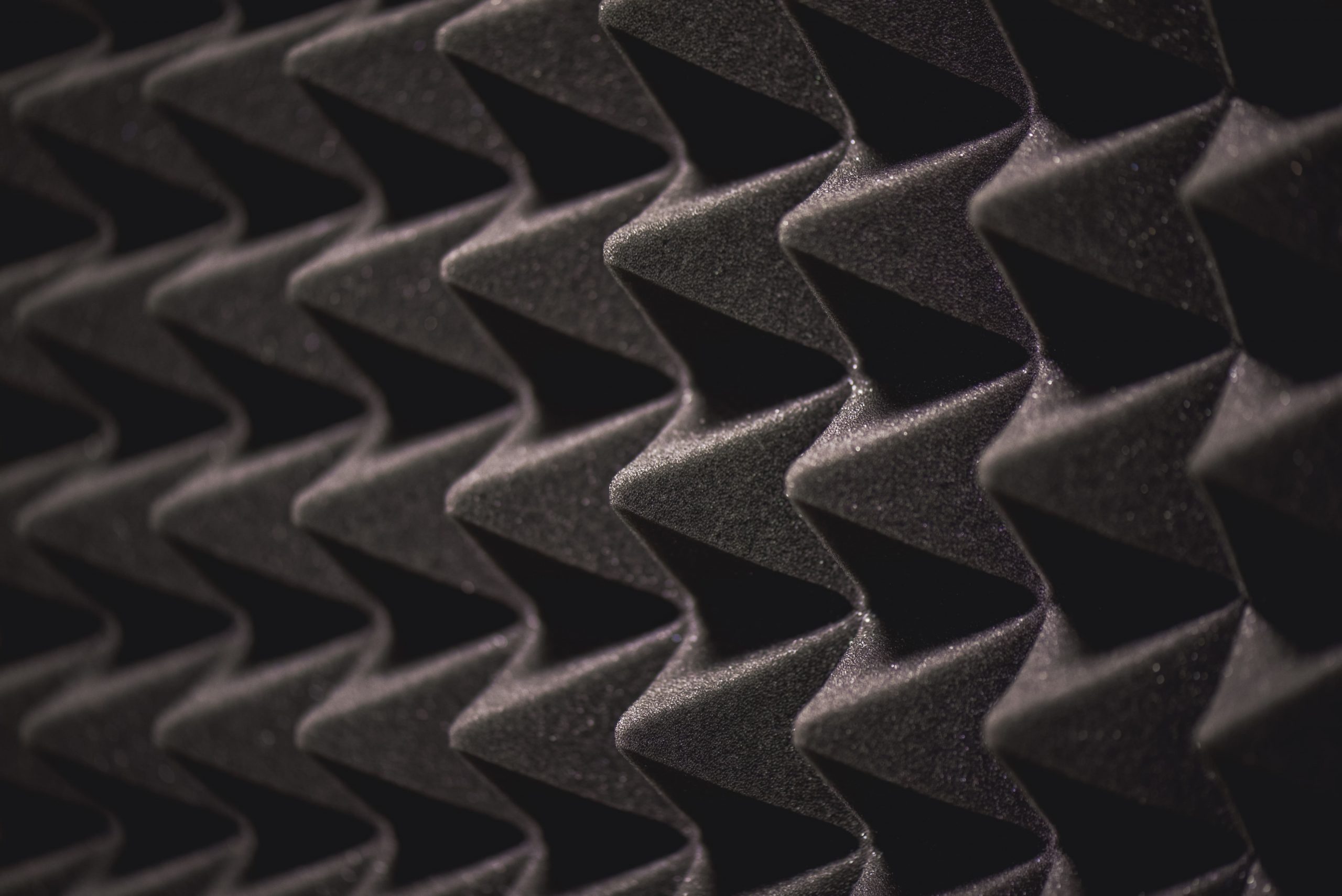If you live in an urban setting, noise from traffic, street lights and loud neighbors can interfere with your sleep. Fortunately, many soundproofing measures exist that can provide some peace and quiet at night.
Soundproofing materials that work best are acoustic foam tiles, bass traps (energy absorbers designed to dampen low-frequency sound) and insulation. If you’re unsure where to begin with soundproofing, reach out to a local expert for free, no-commitment estimates on materials needed for installation.
Acoustic Panels
Hanging acoustic panels in your bedroom can reduce sound from outside and inside. These lightweight panes are easy to install, come in various colors and textures, or can even be hung like art for an ambiance upgrade. What’s more? Acoustic panels make great art too – creating a fun way to make any space cozier!
Acoustic window films are an affordable, reusable soundproofing solution. Crafted from plastic vinyl or environmental PVC, these durable films can be applied to windows without drilling holes, screws or caulking.
Walls
Sound is not just a problem for large rooms; all spaces can be affected by sound. Even small gaps in drywall allow sound waves to bounce around and pass through them.
To combat this, soundproofing a room may involve tearing down the existing drywall, filling them with fiberglass insulation, attaching metal strips called “resilient channel” to studs and attaching new drywall onto them. This straightforward project doesn’t necessitate specialized tools or high-level construction skills and can be completed by anyone with some drywall experience.
Blankets
For a less costly option, simply placing thick blankets over the source of unwanted sounds can help to block them out. If the blankets are not thick enough, pushing a mattress or couch against a wall may absorb some sound energy and keep you sleeping soundly.
Furniture
A simple and cost-effective soundproofing solution is to add mass to the room with heavy furniture. For instance, if your desk in the center of your bedroom receives noise from other rooms such as TV or stereo equipment, placing an overstuffed wardrobe against the wall can help muffle some of that sound.
Insulation
Soundproofing your room with insulation is the most efficient solution. This can be as straightforward as adding rockwool or fiberglass insulation, but for maximum soundproofing benefits it may require more complex measures.
You can add insulation to your ceiling, though this is typically more challenging. To do so, cut holes in the ceiling and fill them with dense materials such as rockwool, cotton batt or fiberglass insulation.
Doorways
Doors are often the weakest points in a room, making soundproofing them an especially challenging task. While you can try using weatherstripping foam tape, acoustic sealant or door sweeps to create more of a soundproof environment for your bedroom, these methods won’t stop all traveling noise.

